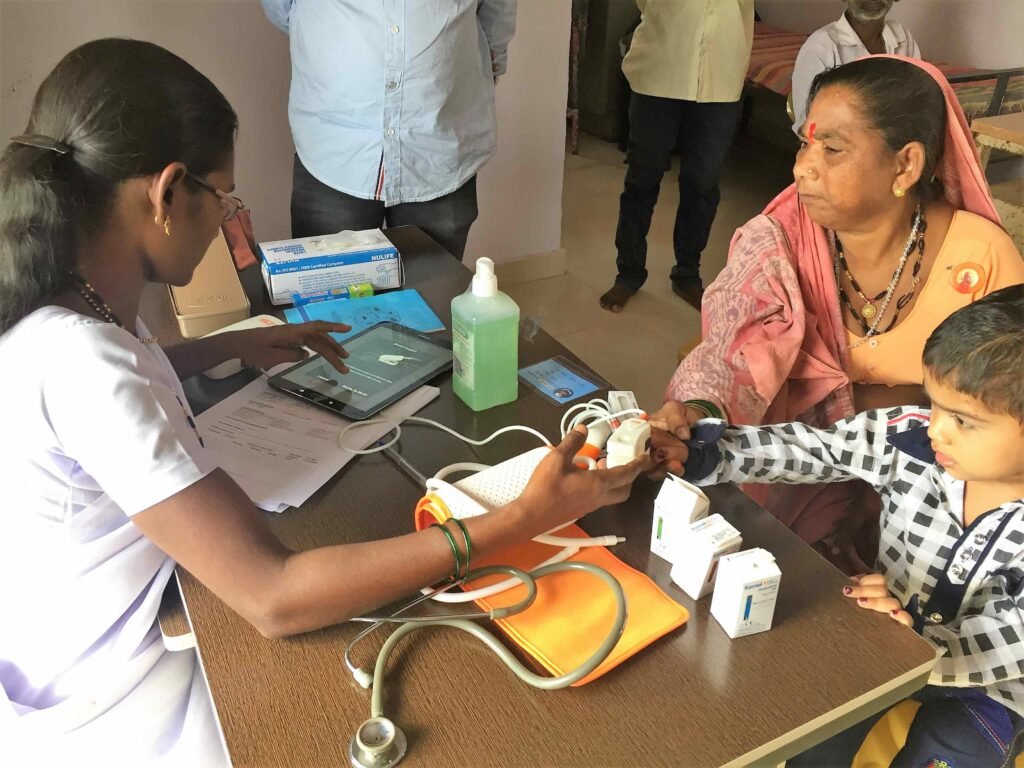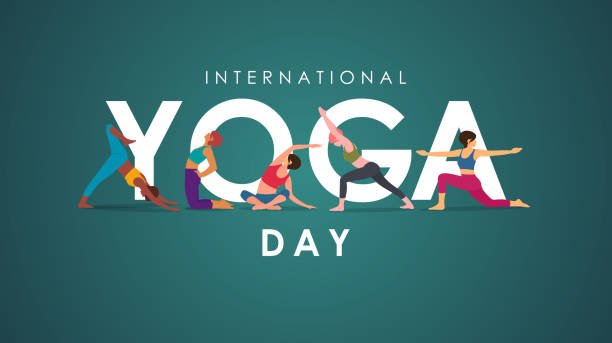“Imagine a world where a mother in a remote village receives expert prenatal care via her smartphone, where a child’s developmental delays are detected early through AI-powered screenings, and where chronic diseases are managed seamlessly with wearable tech. That future isn’t a distant dream; it’s the potential of digital health, and it’s rapidly becoming a reality.”
World Health Day 2025, with its theme “Healthy Beginnings, Hopeful Futures,” arrives at a pivotal moment. We stand at the cusp of a digital health revolution, one that promises to dismantle barriers to healthcare access, empower individuals, and build a healthier, more equitable world. This blog delves into how technology is bridging critical gaps and paving the way for a brighter healthcare future.

Addressing Healthcare Gaps with Digital Solutions This World Health Day 2025
The healthcare landscape is riddled with inequalities. Access to quality care remains a challenge for millions, particularly those in remote areas or underserved communities. Digital health offers powerful tools to bridge these gaps:
1. Telemedicine and Remote Care
Telemedicine breaks down geographical barriers, allowing patients to consult with doctors remotely. This is especially vital for maternal and child health. Imagine a pregnant woman in a remote area, unable to travel long distances, receiving vital prenatal advice through video consultations. This reduces the risk of complications and improves birth outcomes. Furthermore, remote monitoring of chronic conditions, such as diabetes or hypertension, allows for timely interventions, reducing hospitalizations and improving quality of life.
2. Mobile Health (mHealth) and Apps
Smartphones are ubiquitous, making them powerful tools for health management. mHealth apps offer personalized health information, medication reminders, and track vital signs. Apps designed for maternal and child health can provide crucial information on prenatal care, infant feeding, and developmental milestones. For example, apps that track vaccination schedules ensure that children receive timely immunizations, protecting them from preventable diseases.
3. AI and Data Analytics
Artificial intelligence (AI) is transforming diagnostics and treatment. AI algorithms can analyze medical images to detect diseases like cancer earlier and more accurately. Data analytics can identify patterns in patient data, helping predict and prevent disease outbreaks. AI-powered tools can also personalize treatment plans based on individual patient characteristics, leading to better outcomes. In pediatrics, AI can analyze data from developmental screenings to detect potential issues early on, enabling timely intervention.
4. Wearable Technology and Remote Monitoring
Wearable devices, like smartwatches and fitness trackers, provide continuous health monitoring. They can track heart rate, sleep patterns, and activity levels, giving individuals valuable insights into their health. For pregnant women, wearable sensors can monitor fetal heart rate and maternal vital signs, alerting healthcare providers to potential problems. For infants, wearable monitors allow parents to track vitals, sleep and breathing, and be alerted to irregularities.

Fostering “Healthy Beginnings” Through Digital Health
The early years of life are critical for long-term health and well-being. Digital health can play a pivotal role in ensuring healthy beginnings:
- Maternal and Child Health: Digital platforms provide access to prenatal education, nutritional advice, and support groups. Remote monitoring of high-risk pregnancies allows for early detection of complications, reducing the risk of preterm birth and infant mortality. Apps that track infant growth and development empower parents to provide optimal care.
- Early Childhood Development: Digital tools can facilitate developmental screenings, identifying children who may need early intervention. Educational apps can stimulate cognitive development and promote learning. Telehealth platforms connect families with pediatric specialists, ensuring access to timely care.
- Promoting Healthy Lifestyles from an Early Age: Apps and online platforms can promote healthy eating and exercise habits in children, fostering lifelong healthy behaviors. Digital literacy programs can educate young people about health information, empowering them to make informed choices.
Building “Hopeful Futures” with Sustainable Digital Health
To realize the full potential of digital health, we must ensure its sustainability and accessibility:
Ensuring Equity and Accessibility: The digital divide must be addressed. Affordable internet access and digital literacy programs are essential for ensuring that everyone can benefit from digital health. Culturally sensitive digital health solutions are crucial for reaching diverse populations.
Data Privacy and Security: Protecting patient data is paramount. Robust security measures and clear privacy policies are essential for building trust in digital health technologies.
Sustainability and Scalability: Digital health solutions must be cost-effective and integrated into existing healthcare systems. Partnerships between governments, NGOs, and the private sector are crucial for scaling up successful initiatives.
Call to Action and Conclusion
The digital health revolution is not just about technology; it’s about transforming lives. By embracing innovation, we can bridge healthcare gaps, empower individuals, and build a healthier future for all.
Governments, healthcare providers, and individuals must work together to harness the power of digital health. Support digital health initiatives, advocate for equitable access, and embrace technology to improve your own health.
World Health Day 2025 reminds us that “Healthy Beginnings, Hopeful Futures” are within reach. Let us seize this opportunity to create a world where everyone has the chance to live a healthy and fulfilling life, powered by the transformative potential of digital health.















